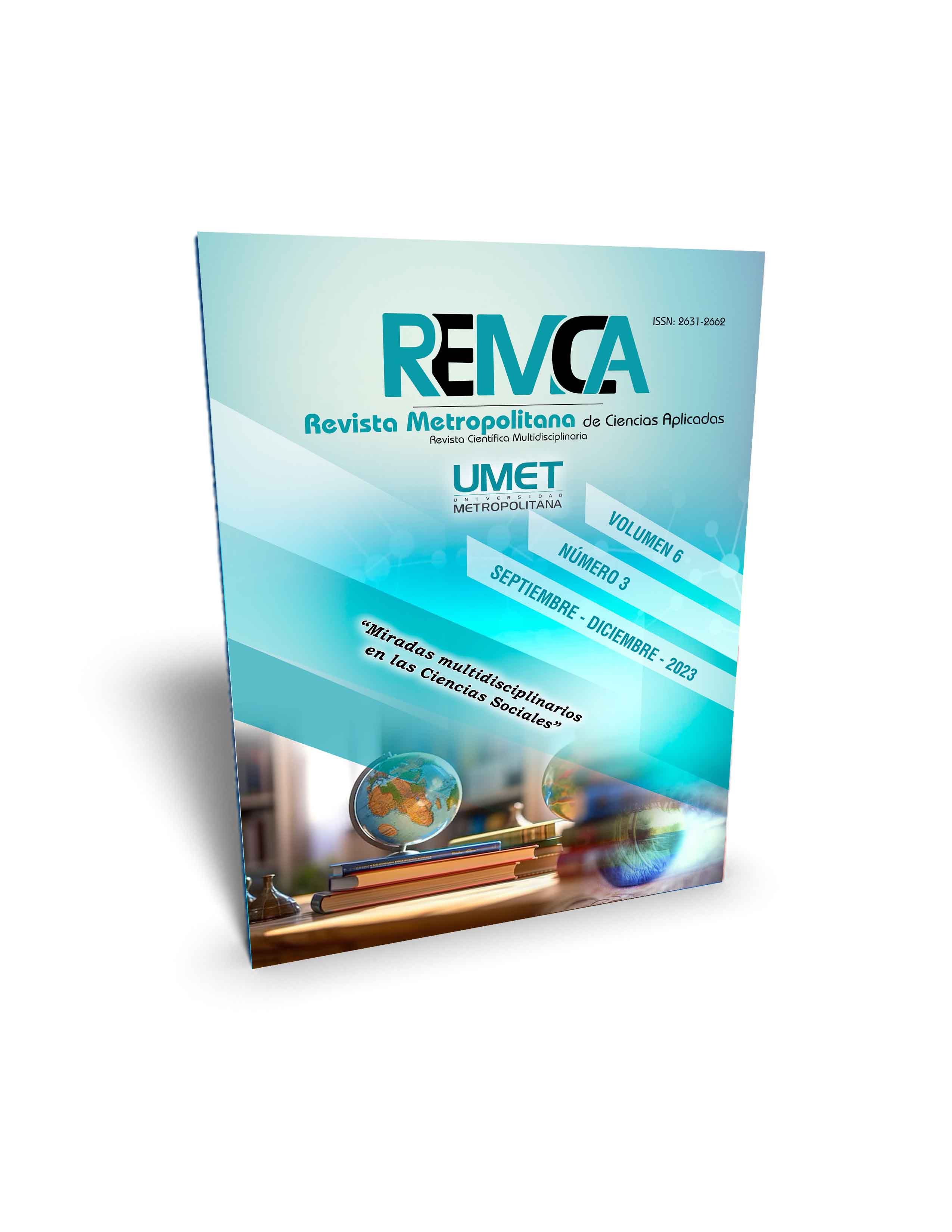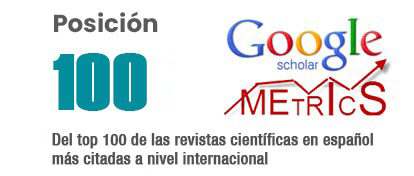Management of natural resources through the analysis of the tourism and mining sector to achieve ecological balance and sustainability in the province of El Oro
DOI:
https://doi.org/10.62452/cfrwac29Keywords:
Natural resources, sustainability, ecological balanceAbstract
The article makes an analysis of the tourism and mining sectors of the "El Oro" province and the management of natural resources can improve the ecological balance and sustainability in the region. The text demonstrates that in order to meet the needs of present and future generations, the importance of a harmonious relationship between the elements of social, political and environmental sustainability is highlighted. The tourist area of El Oro in Ecuador has unique natural resources: its beaches, mangroves, mountains and nature reserves, lovers of nature and ecotourism will find unforgettable experiences. The importance of a harmonious relationship between the elements of social, political and environmental sustainability is highlighted to meet the needs of present and future generations. Ecuador has great natural wealth, especially fresh water, which is considered one of the most abundant in the world, but the lack of knowledge and appreciation of these can lead to poor management and a negative impact on the environment and the economy. Mineral resources related to the gold industry in Ecuador were analyzed, examining their relevance, environmental effects and future prospects. Measures are proposed to promote sustainable tourism and the challenges facing the management of natural resources in the region are mentioned, in order to achieve a sustainable and balanced development in the province.
Downloads
References
Andrades, L., Dimanche, F., Vapnyarskaya, O., & Kharitonova, T. (2016). Tourism Management. Emerald.
Bertoni, M. (2005). Recursos naturales en nodos turísticos. Aportes y Transferencias 9(2), 95-111.
Burgo, O., Juca, F., & Navarro, O. (2017). Aproximación a un modelo de gestión turística con enfoque comunitario para el desempeño de pequeñas y medianas empresas. Revista Científica Agroecosistemas, 5(2), 19-24.
Delgado, A.T. (2013). Turismo y sostenibilidad. Una propuesta metodológica para el estudio de la sostenibilidad turística a escala municipal. Investigaciones Turísticas 5, 163-171.
Fajardo-Velepucha, L., Ordóñez-Samaniego, E., Cobos-Abad, D., & Tu-Tur, M. (2015). Plan de desarrollo y ordenamiento territorial de Casacay. Gobierno Autónomo Descentralizado Parroquial Rural de Casacay.
García, M. (2007). Entidades de planificación y gestión turística a escala local. El casode las ciudades patrimonio de la humanidad de España. Cuadernos de Turismo, 20, 79-102.
Quizhpe, W., Veintimilla, D., Aguirre, Z., Jaramillo, N., Pacheco, E., Vanegas, R., & Jadán, O. (2017). Unidades de paisaje y comunidades vegetales en el área de Inkapirca, Saraguro, Loja, Ecuador. Bosques Latitud Cero, 7(1), 102-122.
Downloads
Published
Issue
Section
License
Copyright (c) 2023 Odalys Bárbara Burgo-Bencomo (Autor/a)

This work is licensed under a Creative Commons Attribution-NonCommercial-ShareAlike 4.0 International License.
Authors who publish in Revista Metropolitana de Ciencias Aplicadas (REMCA), agree to the following terms:
1. Copyright
Authors retain unrestricted copyright to their work. Authors grant the journal the right of first publication. To this end, they assign the journal non-exclusive exploitation rights (reproduction, distribution, public communication, and transformation). Authors may enter into additional agreements for the non-exclusive distribution of the version of the work published in the journal, provided that acknowledgment of its initial publication in this journal is given.
© The authors.
2. License
The articles are published in the journal under the Creative Commons Attribution-NonCommercial-ShareAlike 4.0 International License (CC BY-NC-SA 4.0). The terms can be found at: https://creativecommons.org/licenses/by-nc-sa/4.0/deed.en
This license allows:
- Sharing: Copying and redistributing the material in any medium or format.
- Adapting: Remixing, transforming, and building upon the material.
Under the following terms:
- Attribution: You must give appropriate credit, provide a link to the license, and indicate if any changes were made. You may do this in any reasonable manner, but not in any way that suggests the licensor endorses or sponsors your use.
- NonCommercial: You may not use the material for commercial purposes.
- ShareAlike: If you remix, transform, or build upon the material, you must distribute your creation under the same license as the original work.
There are no additional restrictions. You may not apply legal terms or technological measures that legally restrict others from doing anything the license permits.




